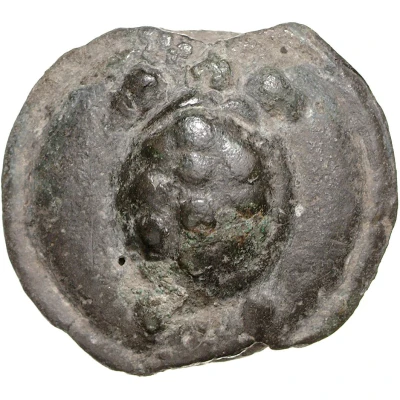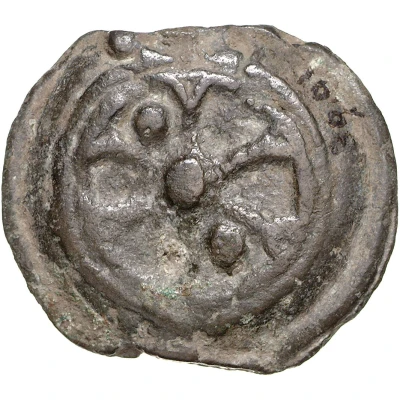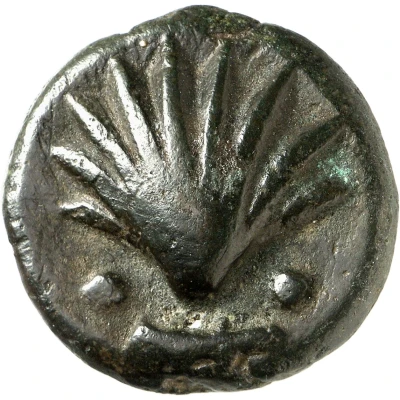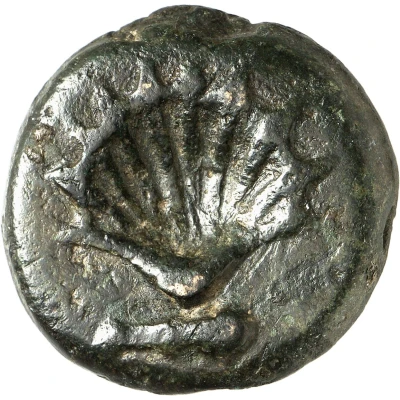
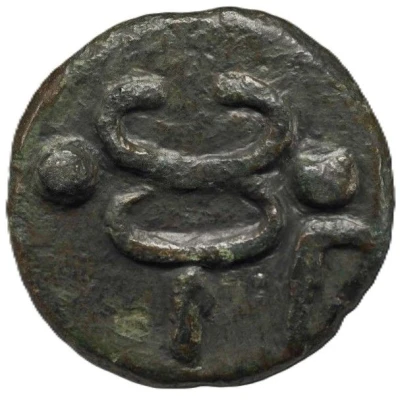

© British Museum
Sextans Anonymous 241 BC - 235 BC
| Bronze | 50.479 g | 36 mm |
| Issuer | Rome › Roman Republic (509 BC - 27 BC) |
|---|---|
| Period | Republic (509 BC - 27 BC) |
| Type | Standard circulation coin |
| Years | 241 BC - 235 BC |
| Value | Sextans (⅙) |
| Currency | As (circa 280-221 BC) |
| Composition | Bronze |
| Weight | 50.479 g |
| Diameter | 36 mm |
| Shape | Round (irregular) |
| Technique | Cast |
| Orientation | Variable alignment ↺ |
| Demonetized | Yes |
| Updated | 2024-10-06 |
| Numista | N#383672 |
|---|---|
| Rarity index | 100% |
Reverse
Caduceus; on right, sickle; to left and right, denominational mark.
Lettering: ●●
Comment
Weight varies from 38.9g-61.73gInteresting fact
The Sextans coin was part of a series of coins issued during the Roman Republic that featured the bust of a goddess on the obverse (front side) and a mythological scene on the reverse (back side). The Sextans coin specifically features the bust of the goddess Ceres, who was the patron of agriculture and fertility, on the obverse, and a scene of a man riding a horse and holding a spear on the reverse. This coin was minted during a time of significant political and social change in Rome, as the Republic was expanding its territories and facing challenges from external threats. Despite these challenges, the Sextans coin remains a testament to the advanced craftsmanship and artistic skills of the ancient Romans.
